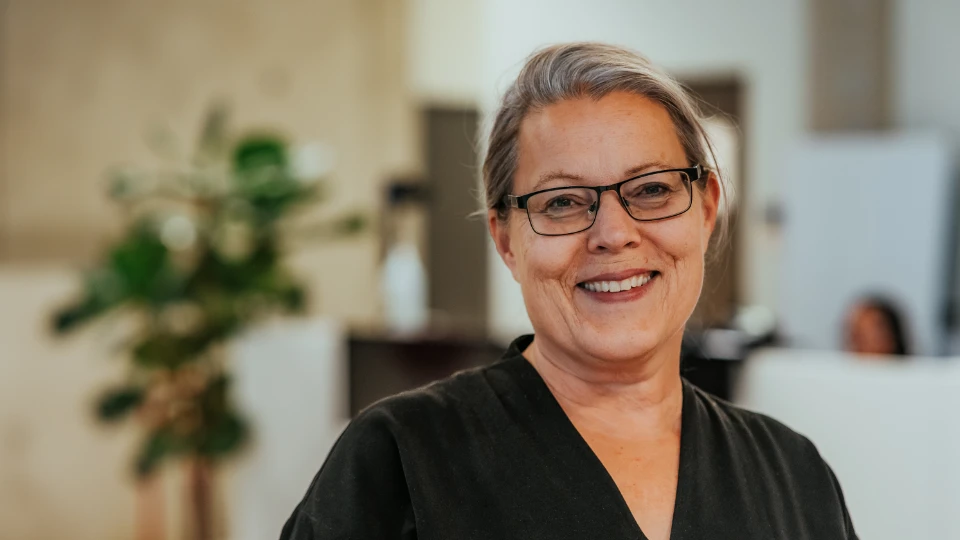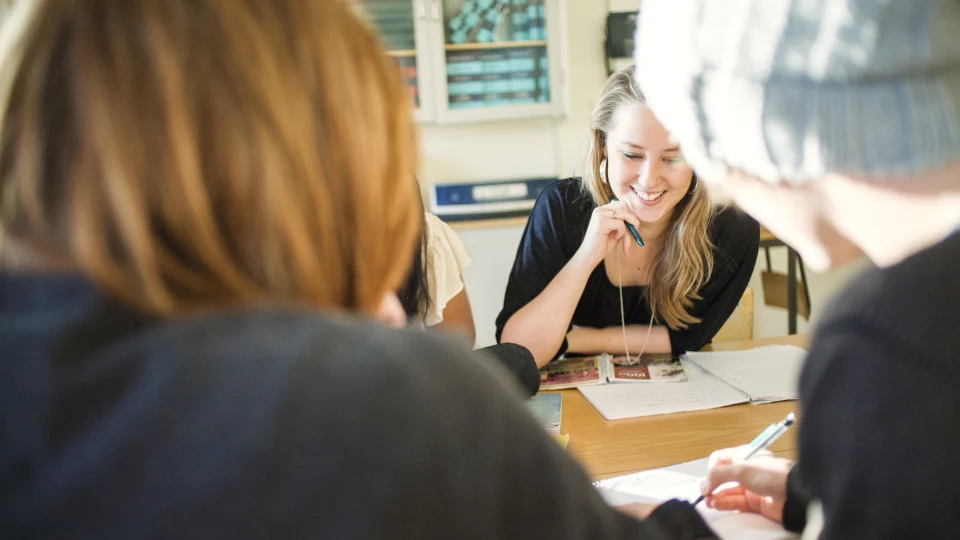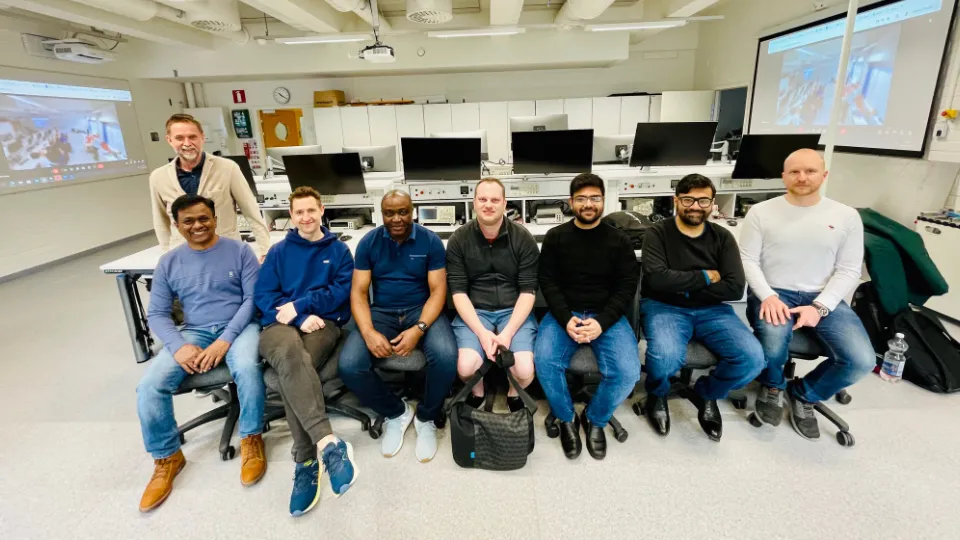Inspired by the Peoples´ Paris Climate Summit a group of active citizens in Oslo organized a local climate summit in their community. Followed up by a ”bus-seminar” this lead to the strengthening of network across organizations/sectors and concrete actions for local green transitions.
Background: Description of the work
Representatives from a local unit of Friends of the Earth had joined the Paris Peoples´ Climate summit in 2015, and coming back to Oslo they were passionate to ask how they as citizens could act locally in their own neighborhoods in the Grorud valley, Oslo. They were impatient and longing for action and more than plans and strategies. In cooperation with other organizations and the local newspaper they arranged a local climate summit in their part of the city in March 2017; this with reference to Oslo´s climate strategy, which was politically adopted in 2016; an ambitious climate strategy with a goal of reducing the CO2 emissions with 50% before 2020 and 90 % before 2030 (compared to the 1990 level). One of the 14 areas of focus was and is to involve and inspire the citizens and local private sector towards a climate friendly behavior.
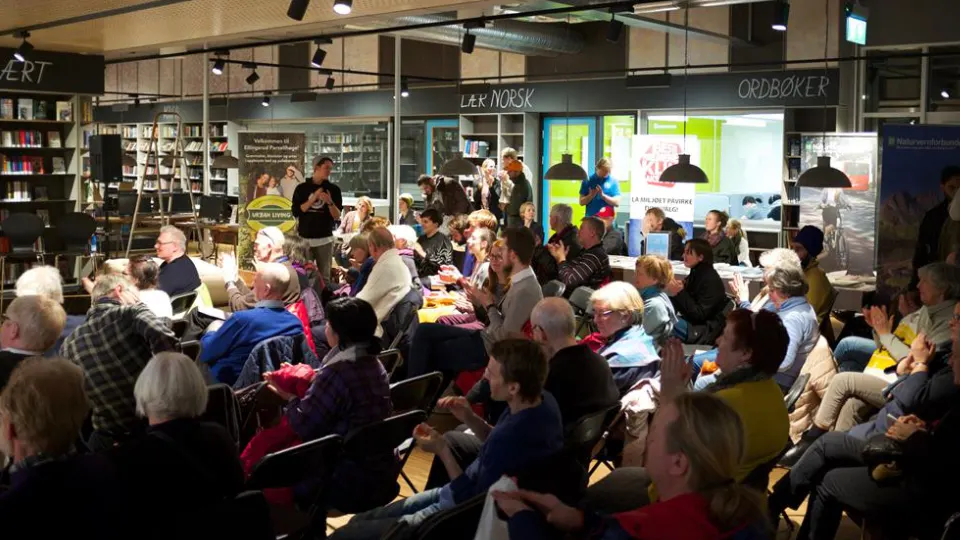
One of several results of the local climate summit was the formation of a cooperating climate network including representatives from a multitude of local NGOs and engaged citizens. Later they developed a vision, strategy and local action plan to develop green meeting places and to initiate urban agriculture aiming at transforming their neighborhoods ”from grey to green – from scrap to sprout”. The plan is demonstrating how several of the 17 global sustainability goals can be addressed locally as projects and initiatives that in a holistic way include themes like climate, public health and well-being, biodiversity, surface water management, growing, lifelong learning, social inclusion and not the least, the importance of cooperation.
This plan laid the ground for one of several follow-up events in the format of a “bus-seminar”. At that time the City Council had drafted for the first time in its history, a strategy and plan for urban agriculture. (After several rounds of consultations/hearings the strategy was politically adopted in 2019.)
One of several goals is to facilitate a diversity of green urban spaces, local and sustainable food production that goes hand in hand with the creation of social meeting places that can also be arenas for learning and education. Not the least this has to be in close cooperation with citizens, the local neighborhoods.
The driving force behind the local climate meeting, the bus-seminar and other events and initiatives, was the question whether citizens – as a kind of ”reciprocal participation” we might say – could be an active group of ”watchdogs” and inspire the municipality by developing – from the bottom-up – their local and complementary action plans for reducing climate emissions and change areas from ”grey to green”.
The local Climate Summit
The local climate summit received overwhelming support and it gathered a multitude of participants both when it comes to different age groups, representatives from public and private sector, local NGOs and committed citizens. The meeting was arranged in the local library and opened with mingling between the participants with opportunity to visit different information stands. The program consisted of three parts followed by open dialogue and discussions among the participants: 1. Professionals/researchers explained the impact of the climate emissions in Oslo 2. Political representatives presented local and regional plans and strategies 3. Local citizens and NGOs, organizations presented their initiatives and burning questions.
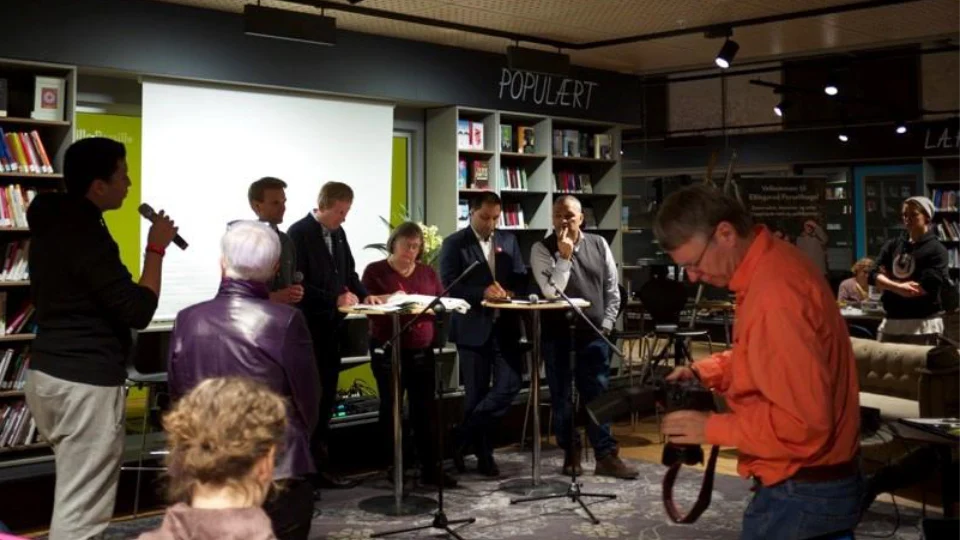
The meeting resulted in the strengthening of network building and led to a new event a year later in the format of a ”bus-seminar”.
Bus-seminar and workshop
The overall goal of this event was to anchor the local green plan mentioned above, to encourage different sectors to commit to the plan and to develop creative ideas for a green transition. The bus drove the over 70 participants on a route to view the most littered areas in the area. At each stop there were short presentations from both professionals, politicians and local citizens organizations about critical themes, such as traffic and noise, pollution of rivers and housing development – ”you won´t believe it before you see it”, was the remark of the day. The participants came from different departments in the central and local administration of Oslo, local and national politicians, and local activist groups.
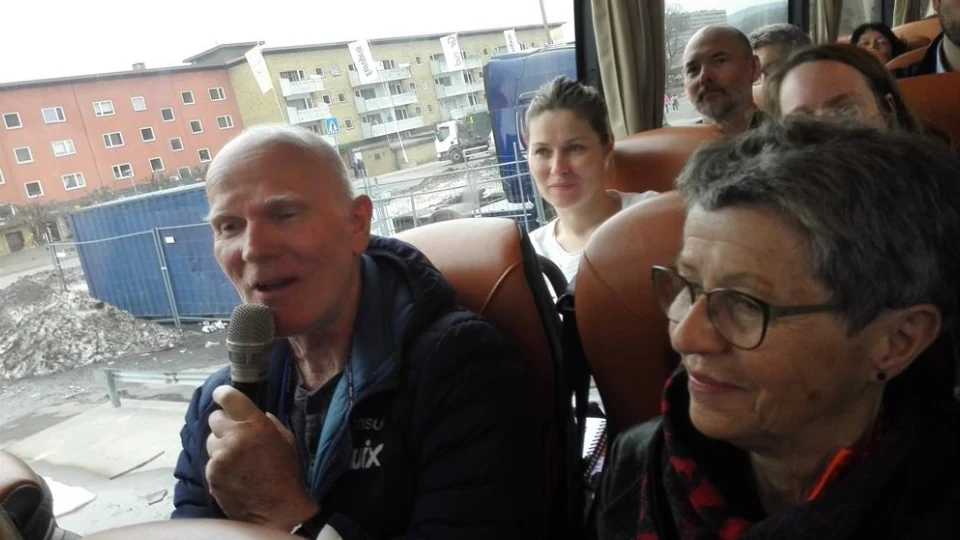
The closing session of the seminar was arranged as a “creative ideas and dialogue” workshop, where the initiators presented their local action plans and asked how further cooperation could be developed between the different levels and sectors.
The seminar and workshop was evaluated by the participants and summarized in a report sent to all the participants including both short term and long-term green transition initiatives, some of these implemented today and some still remain. Examples of such initiatives are:
- The establishing of a roof garden on the top of a multi-purpose sports hall as an arena for learning and mobilization of youth. It was also established related to the rising awareness of the importance of green roofs when it comes to surface water management.
- Creative Champaigns and activities for ”snuff- og snipfree” local environment based on the facts that cigarette butts contain 95 % of plastic. It is one of the reasons for plastic waste in rivers and seas. Two-thirds of cigarettes produced end up on the ground. Birds, fish and the mammals that ingest this plastic die of starvation and of the toxin in the plastic.
- Recruitment of over 50 “Bumblebee-ambassadors” in the area with reference to the need for biodiversity and to improve the living conditions for bumblebees and other pollinating insects. It applies individuals, local organisations, local private sector representatives and municipal services. Their activities as “bumblebee-ambassadors” has among other led to the establishment of socalled “bumblebee-streets” and “bumblebee-plazas” with pollinatorfriendly plants and nicely decorated signs that inform about the importance of “local food” for endangered insects.
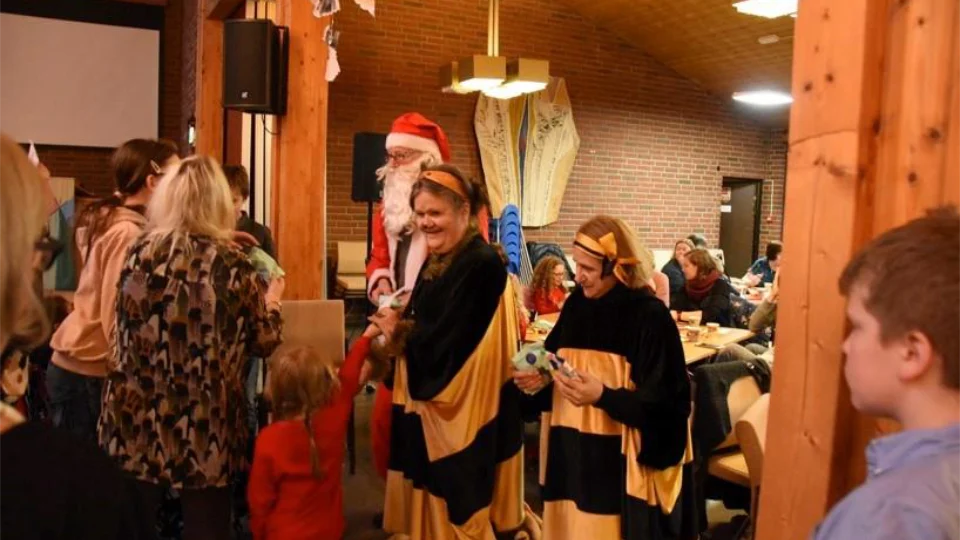
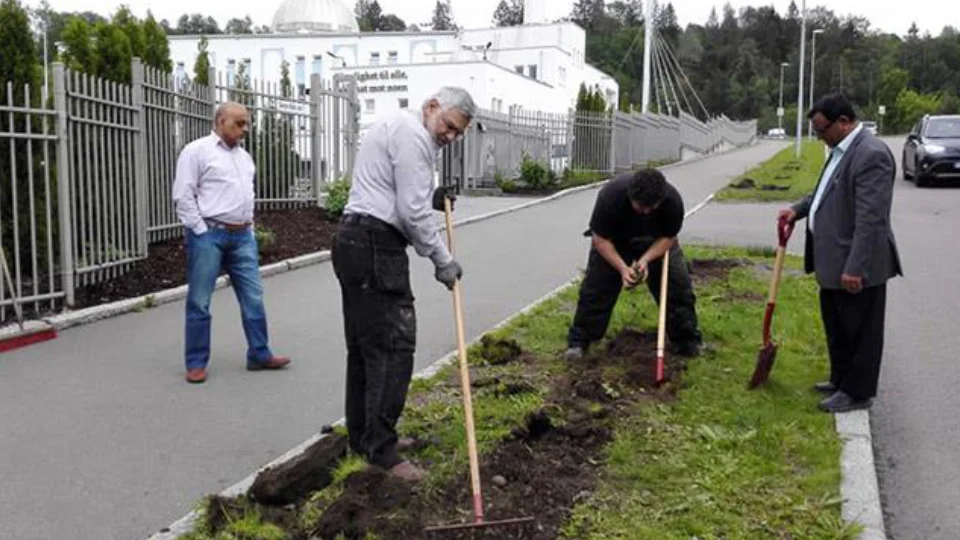
Bumblebee – ambassadors
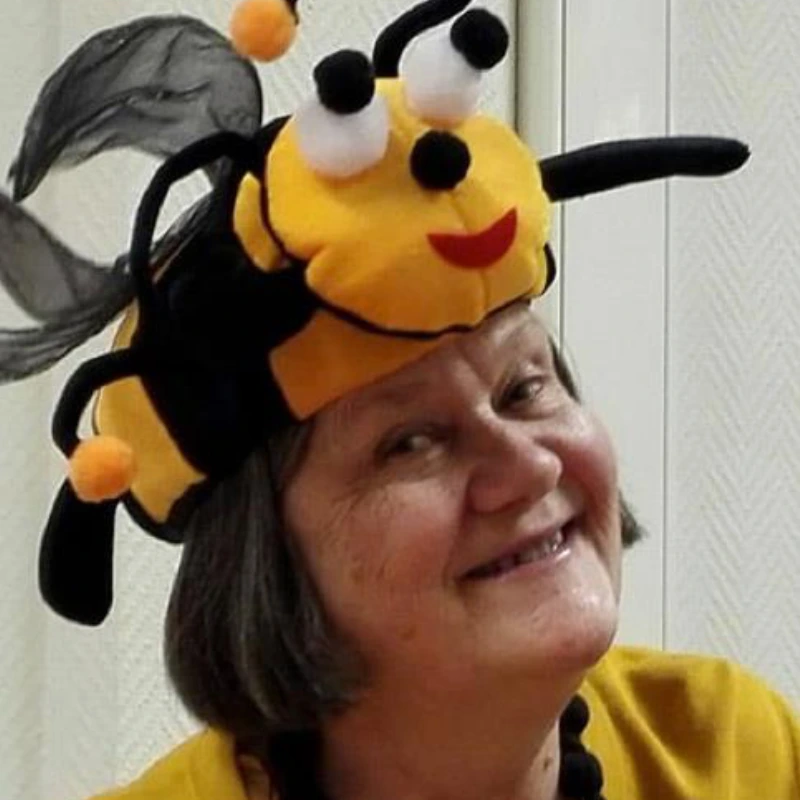

Experiences others can learn from
The ”snow-ball-method” – this is how one of the many initiators, Astrid Kjellevold, summarizes many years of volunteer work as described above. ”We have seen results that we could not have foreseen in advance, a snowball started to role and several activities started to link to each other.” To work with the close measures, the practical hands-on activities that might seem small and insignificant in the bigger picture grew bigger, and they have demonstrated that it is a very good beginning and entrance to address the often abstract and not-understandable environment- and climate issues. And not the least is has committed, mobilized and engaged a lot of citizens of all ages. It has given rise to happiness, well-being, and hope for the future. ”It’s about trusting and believing in the process”, A. Kjellevold says. And she adds, that it was of great importance that they partnered with the local newspaper that has published and still is publishing articles and photos from the many activities in the area.
Reading the evaluations of the bus-seminar you can describe this event as an innovative approach to co-creation. In itself and in the way it was organized, it gave new perspectives and became an arena for co-creation. It opened up for an “educational cross-pollination”: A dialogue between knowledge based on practice and everyday experiences and the expert’s professional system knowledge.
No doubt the work described demanded, and still demands, much courage and a big amount of volunteer hours of work. It has been a challenge to keep up the pressure as a ”watch-dog”. Many of the measures that were described and developed at the bus-seminar is related to the systems level and are demanding that public authorities, departments, policymakers and the private sector take their responsibility as well.
Questions for discussion
- Which are the most critical impacts of climate change you are observing in your neighborhood and local environment?
- If you should arrange a local climate summit and a bus-seminar similar to what the climate network in Oslo did, how would you do it in your local context and together with whom?
- How can this be linked to the local and national climate plans in your region?
Links and References
Climate Strategy for Oslo towards 2030
Sprouting Oslo – room for everyone in the city´s green spaces. A strategy for urban agriculture

